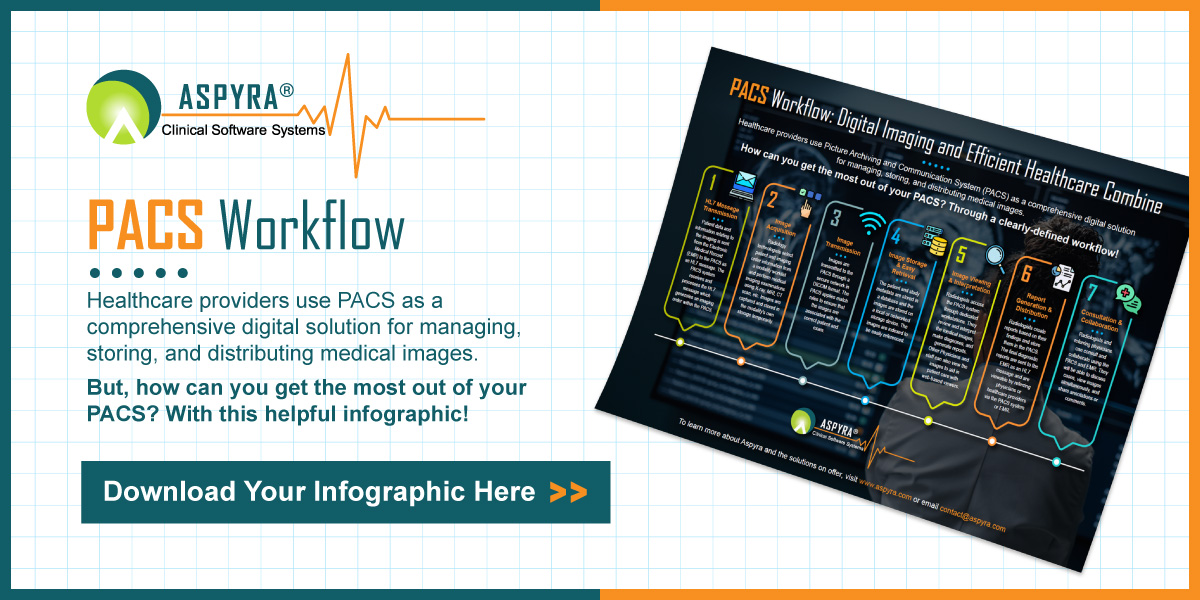The Integration of EMR and PACS in Healthcare

The healthcare industry is continuously seeking ways to improve efficiency and enhance patient care. Two key technological advancements that have made significant contributions to the industry are Electronic Medical Record (EMR) and Picture Archiving and Communication System (PACS). Individually, these systems have transformed the way healthcare is delivered, but together, they lead to improved outcomes for patients and more efficient workspaces for healthcare professionals.
What is EMR?
EMR, or Electronic Medical Record, is a digital system that allows healthcare providers to store, manage, and retrieve patient records. It replaces the traditional paper-based records, making it easier to access comprehensive patient information. With EMR, healthcare professionals can quickly review patient data, make informed decisions, and provide timely care.
What is PACS?
PACS, or Picture Archiving and Communication System, is a software-hardware combination that provides storage and access to medical images such as X-rays, MRIs, and CT scans. PACS eliminates the need for physical film-based images, replacing them with digital files that can be easily viewed, shared, and stored. This technology enhances the speed and accuracy of diagnosis, facilitates collaboration among healthcare professionals, and enables efficient image management.
How are EMR and PACS Integrated?
To integrate EMR and PACS, healthcare organizations require a seamless interface that allows interoperability between the two systems. The integration process involves establishing a connection between EMR and PACS, enabling the sharing of patient data and medical images.
Typically, the EMR system functions as the central hub where patient records are stored. It initiates the request for medical images and retrieves them from the PACS system. The integration ensures that healthcare professionals have access to both patient records and corresponding images within a single interface, eliminating the need to switch between different systems.
The integration of EMR and PACS often includes features such as:
- Single sign-on: Healthcare professionals can access both EMR and PACS systems using a single login, simplifying the authentication process and speeding up workflow.
- Cross-referencing: EMR and PACS systems are linked so patient information is automatically associated with the corresponding medical images. This eliminates manual data entry and reduces the risk of errors or misinterpretation.
- Seamless documentation: The integration allows healthcare professionals to annotate and document findings directly within the PACS system, ensuring accurate and up-to-date records.
Benefits to Healthcare Industries
The integration of EMR and PACS brings numerous benefits to the healthcare industry, including improved efficiency, enhanced patient care, and cost savings.
Efficiency
The integration streamlines workflows by providing healthcare professionals with a unified platform to access patient records and medical images. This eliminates the need for manual searching, reduces duplication of data, and optimizes time spent on administrative tasks.
Integrating EMR and PACS ensures critical patient data and corresponding images are readily available. Healthcare professionals can view comprehensive patient records, review past diagnostic images, and compare them with current ones, leading to more accurate diagnoses and treatment plans.
Cost Savings
The integration of EMR and PACS eliminates the need for physical film-based images, reducing the costs associated with film processing and storage. Additionally, the digital nature of the integrated system reduces the risk of lost or damaged images. Healthcare organizations can also benefit from better inventory management of medical equipment and supplies related to imaging, optimizing resource utilization and reducing waste.
ASPYRA Integrating EMR and PACS
The integration of EMR and PACS is a game-changer for the healthcare industry. It promotes seamless data sharing, enhances clinical workflows, improves patient care, and saves expenses. As a leading provider of integrated EMR and PACS solutions, ASPYRA offers a comprehensive platform to combine the two systems seamlessly. Contact us to learn more about ASPYRA.
As technology continues to advance, the integration of EMR and PACS will become increasingly essential for healthcare organizations. By harnessing the power of these two systems together, healthcare professionals can deliver better patient care, streamline processes, and stay at the forefront of the industry’s digital transformation.

